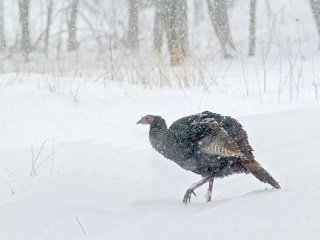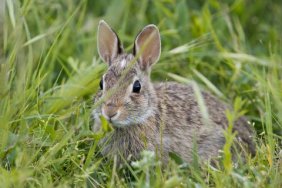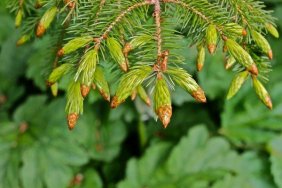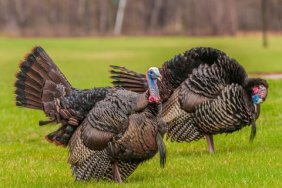 Every turkey hunter knows that the tactics and methods of spring turkey hunting are useless when it comes to fall and winter turkey hunting. It is all about the breeding season and let’s face it, there is not much turkey breeding going on during the year-end coldness. Here are a few techniques that I have learned in my almost 40 years of chasing late season gobblers.
Every turkey hunter knows that the tactics and methods of spring turkey hunting are useless when it comes to fall and winter turkey hunting. It is all about the breeding season and let’s face it, there is not much turkey breeding going on during the year-end coldness. Here are a few techniques that I have learned in my almost 40 years of chasing late season gobblers.
One of the best and most reliable methods for busting a big gobbler when he is cold and grouchy is to roost him. Most often during the winter, mature gobblers will maintain the same roosting tree as long as they are not molested off of them by over-eager hunters or predators. They tend to use the same trees over and over when it is cold and these trees usually offer a good vantage point and protection from the wind. They are easy to find but even easier to accidentally find while the birds are still in them, so be careful and use that tree to set up at while waiting for old thunder to return for a good night’s sleep.
Don’t be timid or shy. The fall or winter is no time to sneak around or to be careful when hunting cold-weather turkeys. In fact, one of the most effective methods is to actually find a group of birds on the ground and bust them in all directions. When you scatter them, they take a few minutes to collect themselves and then they start trying to find each other again. This can mean calling or searching and either action can help you trick them into gun range. I like to do soft hen yelp that mimic young hens. Older birds will not be intimidated by soft yelps and they will seem like genuine searching and pleading calls.
Find the food. No matter what, turkeys have to eat every day during the winter and if you can find their feeding locations, you can find them. Food can vary from acorns to grass to cattle feed. If there is something to eat in the woods, turkeys will find it, despite their lack of smell. One of the easiest ways to find out where turkeys are feeding is to follow freshly turned piles of leaves where they have scratched bare spots in the dirt looking for nuts and other things to eat. When you first notice these spots, it looks like a buck deer has made hundreds of ground scrapes. The scratch spots are impossible to miss.
Hunting late season turkeys can be different and sometimes difficult, but they are doable.








